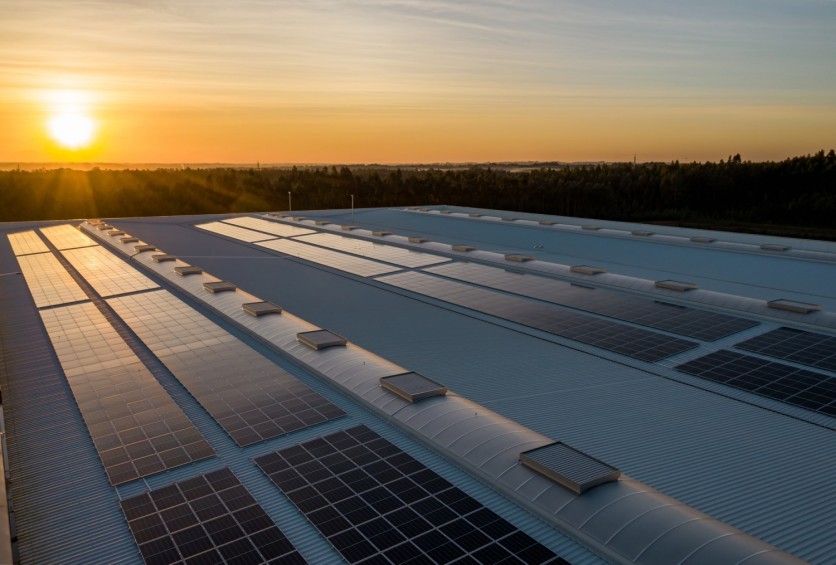A group of Australian scientists plans to use printed solar panels for a Tesla Model 3 car. According to the experts, this experiment will kick off in September.
The electric vehicle will run for 9,400 miles during the trial.
Tesla EV to Use Printed Solar Panels

Initially, the team behind the Charge Around Australia project will demonstrate how the 18 printed plastic solar panels will perform in the Tesla Model 3 during the process. Each of them is reportedly measured to be 8 meters or 59 feet in length.
Speaking of the project, the Charging Around Britain Ltd. and the University of Newcastle made this venture possible.
According to a report by CNN, this will be helpful for the public in prioritizing how to address the climate change issue. Particularly, the project aims to show printed solar panel technology in generating renewable energy for EV charging.
The scientists said that this trial has the objective of achieving the 9,400-mile journey for the electric sedan. In doing so, it will only rely on the solar energy that is gathered by the solar panels from the Tesla car.
According to the inventor of the said technology, Paul Dastoor, the project's goal is not only limited to testing how durable the printed solar panels are during the long trip.
Additionally, the scientists are also looking forward to how they could further improve the technology and apply it in the field of electric vehicle charging. It's possible that they could incorporate it into other fields once the experiment goes down the wire.
"This is actually an ideal testbed to give us information about how we would go about using and powering technology in other remote locations, for example, in space," Dastoor said.
Related Article : Tesla Plans to Accelerate Solar Roof Installations For US Markets: Here's How You Can Apply
84 Days to Accomplish the Solar Panel Trial
In another article from Teslarati, the Australian team of scientists is aware that the journey for the Tesla Model 3 will be very long gone. Because of this, they are planning to finish this 9,400-mile trip in just 84 days.
Aside from this goal, the researchers also want to visit 70 schools so they can relay something useful to the Australian students. Particularly, they want to inform them about the future of renewable energy sources using solar panels on EVs.
It should be noted that creating these printed solar panels is "extremely affordable." Speaking of portability, these are all thin and lightweight, in addition to being flexible in some cases.
Dastoor said that the team hopes to find the various areas covered by the experiment. Since solar panels have low costs, the world might one day need them to generate more power.
He cited that the potential of this invention relies on the use of renewable energy.
Read Also: Solar Panels Can Allow Underwater Wireless Communications! Massive Cables No Longer Needed?
This article is owned by Tech Times
Written by Joseph Henry
ⓒ 2025 TECHTIMES.com All rights reserved. Do not reproduce without permission.




